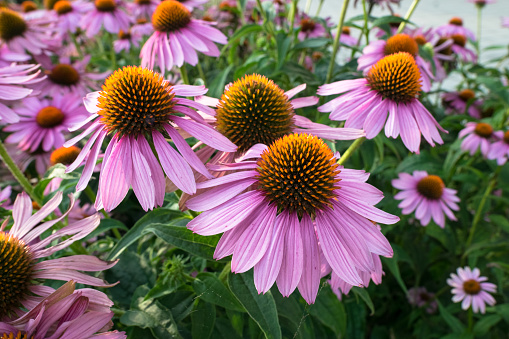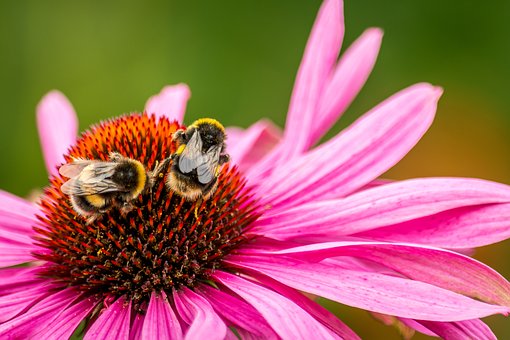
Growing Echinacea: The Complete Guide to Plant, Grow, and Harvest Echinacea.There are several types out there, these seeds are purple V.
Echinacea Purpurea – The original purple cone-flower is wildly attractive to butterflies. Grows in zones 3-8 and can get up to 5-feet tall. It has purplish-pink blossoms from June to August. One of the most potent varieties for medicine.THIS IS THE ONE THE SEEDS ARE FROM
** SEEDS ARE $4 PER 10. ADD $4 PACK/POST TO ORDER AUSTRALIA
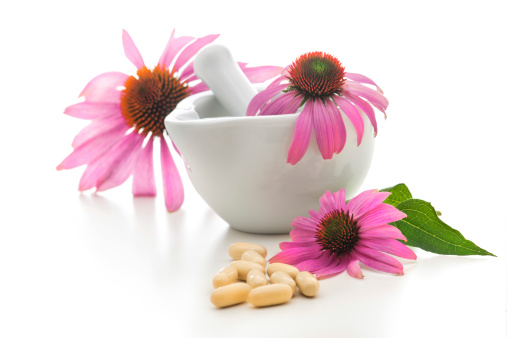
Also known as the cone-flower, stunning echinacea isn’t just a pretty face. It has medicinal properties that people have used to improve their health for centuries, and growing echinacea isn’t a challenge that requires years of trial-and-error like some other plants.
It’s low maintenance . I prefer garden plants with the same quality. Last summer I snagged a few plants on discount and most of them struggled to stay alive in my inhospitable garden. The one plant that managed to thrive? Echinacea.
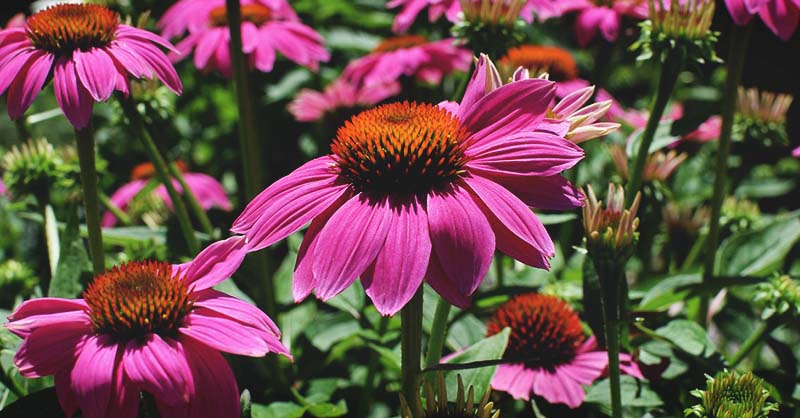
My father has given me many plants to add to my property over the years, and echinacea is one of the only flowers that has flourished. It’s a challenge to establish flowers in my front beds. The soil is sandy and full of rocks. It’s an ideal environment for succulents – I have a grand display of hens and chicks – but everything else seems to require a lot of upkeep.
Beyond being low maintenance, echinacea adds color and attracts pollinators to your garden. The cut flowers are a cheery way to bring nature indoors.
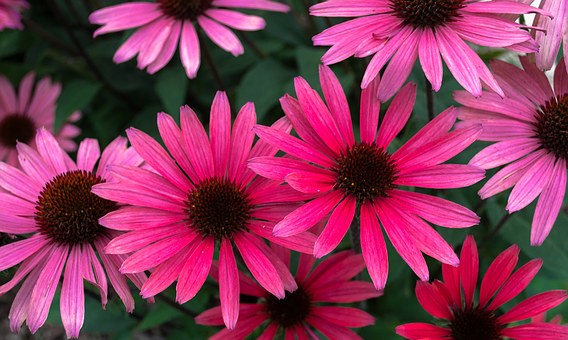
As a medicine, echinacea is a powerhouse. Made into a tea, you can use it to treat a number of conditions including a case of the sniffles. There’s also evidence that it has anti-cancer properties.
So, how do you grow this vibrant cone-flower? Keep reading to get the low-down on growing echinacea.
How to Plant Echinacea
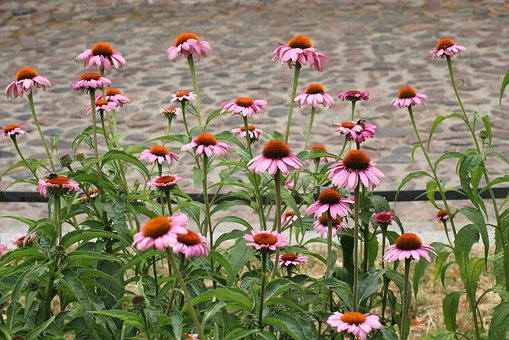
Cultivating
You can direct sow or transplant echinacea. It’s a perennial that spreads, so if you have a friend or family member who has some growing, it’s easy to divide and transplant it elsewhere. That’s my preferred way to source it, since it’s free and always fun to chat with other gardeners.
If you want to start echinacea from seed, start them indoors 6-8 weeks before the last frost date. You can also sow seeds directly in the ground in fall or winter. Keep in mind that growing echinacea from seed may mean waiting for two years to see blossoms.
Thankfully, echinacea is super easy to find pretty much anywhere and is on the lower end of the pricing scale compared to other types of garden flowers if you decide to purchase them instead.
Seed Germination and Transplanting
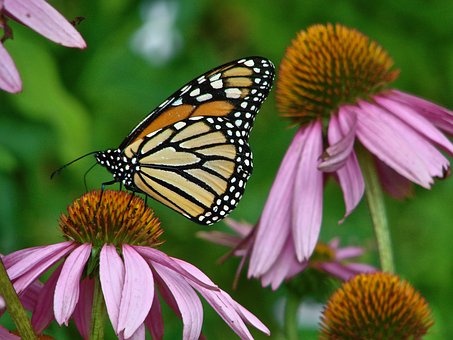
While you can have some success without it, most echinacea seeds require cold stratification for 30 days to produce well.
Coneflower seeds take a while to germinate, so don’t expect overnight success. Sow weeds at one-fourth to 1-inch deep. They’ll take about 20 days to sprout. The ideal soil temperature is about 68°F, and the soil should be relatively moist.
Once seedlings have grown to about 3-inches tall, thin them and harden them off for a week before putting them outside. Transplant when the danger of frost is passed and soil is at least 60°F.
Soil and Sun Requirements
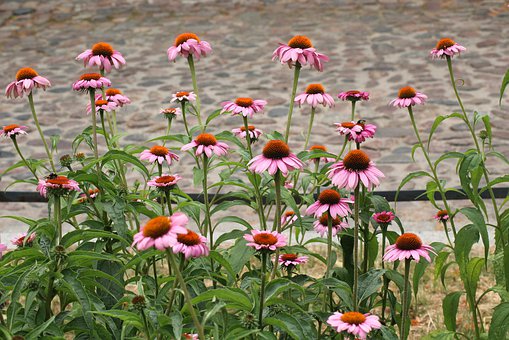
Echinacea requires soil with a neutral pH, around 6.0-7.0, and a fresh scoop of compost won’t hurt right before planting. Coneflowers can survive in dry, rocky soil, but given a choice, it prefers fertile, humus-rich, well-drained earth.
In my experience, the flower isn’t finicky when it comes to sunlight, either. Full sun is best, but they can handle part shade.
Where I live, the sun is hot during the summer months, which is when echinacea bloom. As a result, my plants do best in partial shade. In the winter, the plant will take a nap and return in the spring ready to bloom in time for summer.
Where to Plant Echinacea
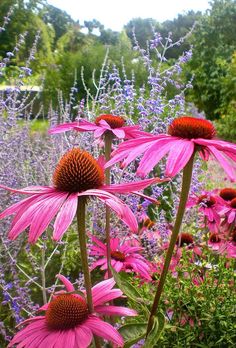
I recommend keeping echinacea out of your vegetable beds since it can spread and you should keep it away from cole crops. Echinacea does well in traditional or raised beds. You can also grow it in containers.
Spacing
Plant echinacea at least 24-inches apart. Keep in mind that the flowers can grow up to 5-feet tall depending on the variety.
How to Care for Echinacea
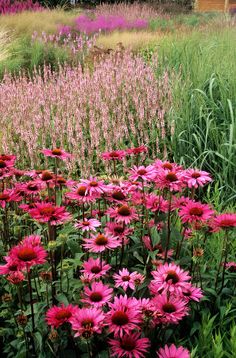
When it comes to taking care of this low-maintenance garden flower, here’s what you need to know:
Watering
Keep an eye on the amount of rain coming your way throughout the summer season. Growing echinacea requires regular watering but tolerates drought. If you live in a rainy area, you may not need to water the plants very much, but during a hot, dry summer, additional watering may be required.
Temperature
Plants do well in the heat, even when temperatures reach extremes. If you live somewhere with hot summers, it may be wise to plant coneflowers in a partially shaded area, however.
Fertilizing
A bit of compost around the base of the plant will make your growing echinacea happy. Sprinkled all-purpose fertilizer around the plants 2 times over the first growing season.
Pruning
Noticing that your coneflowers are a little droopy and water isn’t fixing the situation? Prune those limp flowers as the season progresses. Trim dead flowers, too. This encourages more blooms to emerge, and you’ll avoid aggressive spreading.
In the fall, shake the flower heads to help re-seed the area and then cut the stem back to right above the ground.
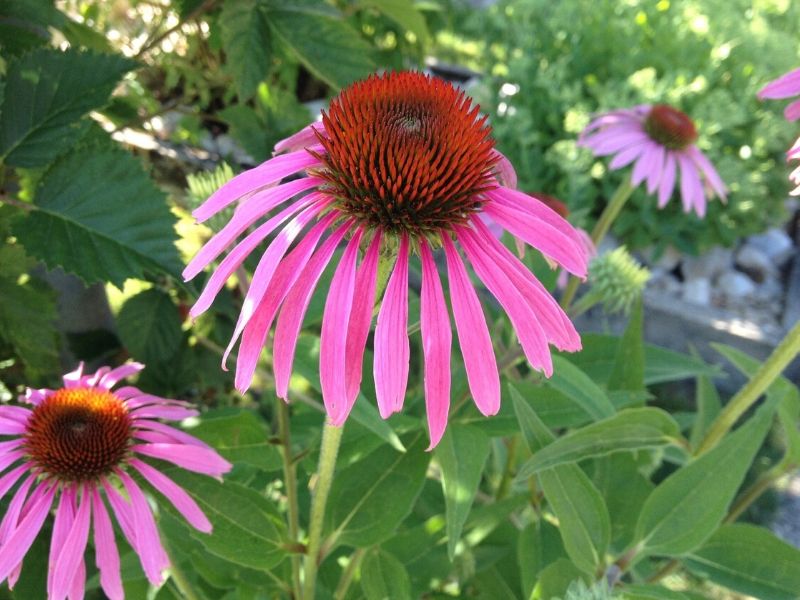
Echinacea Problems and Solutions
Although echinacea is a problem-free plant, you may encounter some issues. Avoid bringing pests home with you by carefully inspecting nursery purchased plants.
Leaf Miners
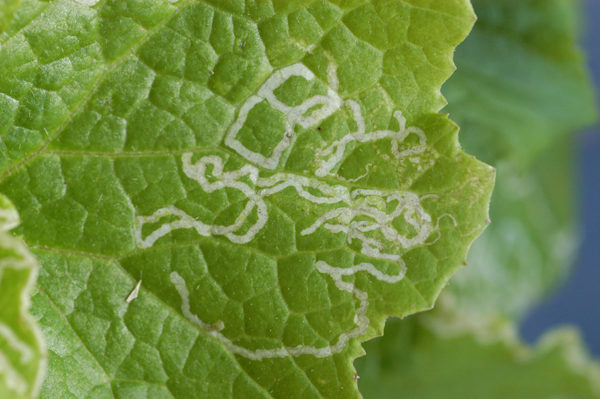
Leaf miners bore into the leaves of plants. Make a spray using dish soap and water and spray directly onto the leaves of your plant to control them. Neem oil and diatomaceous earth are other effective substances for getting rid of leaf miners.
Vine Weevils
Vine weevils are black beetle-like creatures that will chew into the top portion of coneflower stems and leave your flowers hanging by a thread. Get rid of the drooping flowers right away to control the weevils. Dump the broken off flowers into soapy water to prevent the weevils from feasting once again on your echinacea.
Japanese Beetle
Japanese beetles eat the leaves and blossoms of growing echinacea, and when an infestation gets bad, it can skeletonize a plant in no time. Spray plants with neem oil and hand pick these slow-moving insects off your plants.
Eriophyid Mites
These microscopic mites can be hard to spot. Damage can look like air pollution or scorch, but if you get out the magnifying glass, you’ll see white or yellow carrot-shaped arachnids moving across the leaves. Since the damage is mostly cosmetic, you can leave them alone, but if they drive you crazy, prune off infected leaves.
Aphids
If you notice little green (or pink, or yellow) bugs all over your growing echinacea, you may have aphids. Blast your plants with cold water and dust them with flour. If you have a bad infestation, try neem oil.
Sweet Potato Whiteflies
These tiny flies suck the nutrients out fo plants and can stunt growth. Encourage natural predators like wasps and lady beetles and avoid planting echinacea near cole crops to prevent them from moving into your garden. Apply neem oil to get rid of them.
Powdery Mildew
I know powdery mildew well since it often plagues my squash plants. The fungus slowly weakens and kill plants and tends to prefer moist, humid environments. You’ll recognize it thanks to its powdery, white, flour-like appearance. Stop the spread of the fungal infection by immediately getting rid of affected plants. Water from below, so plant leaves don’t get soaked and moist.
Gray Mold
Gray mold is another fungus that quickly kills plants. It’s also caused by excess moisture. The fungus first appears grey and then spots eventually turn brown. Your plant will soon wilt and die. Get rid of affected plants and always clean your tools and supplies to prevent spreading fungal and bacterial diseases.
Stem Rot
Stem rot (also known as white mold) is caused by a fungus that causes leaves to wilt and turn gray before dying. Avoid overhead watering and leave plenty of air between plants. Keep up on your weeding, because weeds can spread this disease.
Aster Yellows
This disease is spread by insects like leafhoppers and causes leaf yellowing. Remove diseased plants, control insects and keep weeds away to help keep this under control.
Bacterial Spots
This disease causes black leaf spots. Use copper spray if you get it, and prevent it by avoiding overhead watering and keeping weeds away.
Companion Plants for Echinacea
Coneflower attracts beneficial insects to your vegetable garden. Try growing echinacea with other pollinator attractants to create a pollinator garden.
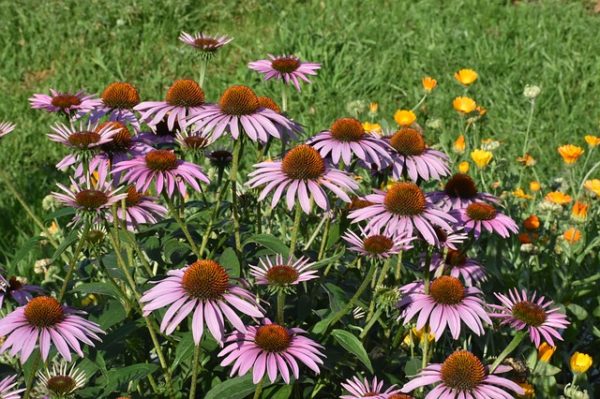
Best Plants:
- Bee balm
- Geranium
- Catmint
- Salvia
Worst Plants:
- Sweet potato
- Tomato
- Melons
- Cole crops
How to Harvest & Store Echinacea
Medicinally, you can use the entire echinacea plant. While you lose some of the potency, you can dry the whole plant to preserve it for later use. Hang it in a covered, well-ventilated spot or place in a dehydrator to dry. You can also use all parts of the plant fresh to make tea or tinctures.
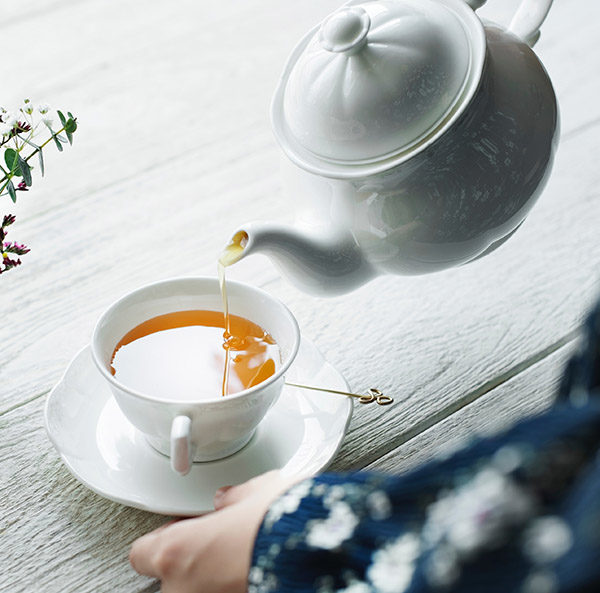
Harvest echinacea blossoms by cutting stems for cut flower arrangements. By cutting and harvesting, you encourage all-season blooming. For medical use, cut the flowers at the stem where the first set of leaves below the blossom are growing.
Harvest growing echinacea leaves for tea by cutting a few from each plant as needed. Use them fresh or dry the leaves and store them in a cool, dry place.
You can also harvest the roots of the plant. It’s best to collect cone-flower roots late in the season. Second-year roots are best. Dig around the entire drip line of the plant and lift the plant gently out of the soil. Shake the extra dirt loose and cut the root free. You can also take part of the roots and put the plant back in the ground.
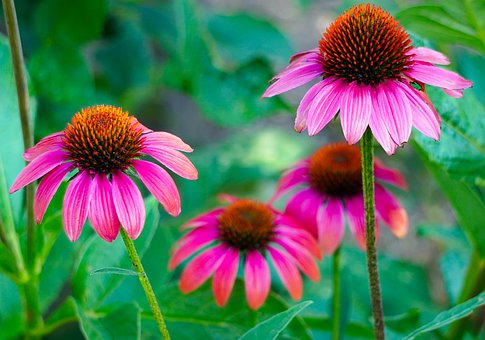
Save seeds by placing a paper bag over the heads after they have dried and blackened in the fall. Tilt the head sideways and shake the head until it releases all its seeds.
Coneflower is one of those plants that I think should be in every garden, whether as a decorative element or a useful herb. Growing echinacea is as easy as pie and you get huge rewards for little effort.
THIS ARTICLE WAS OBTAINED FROM MORNING CHORES BELOW
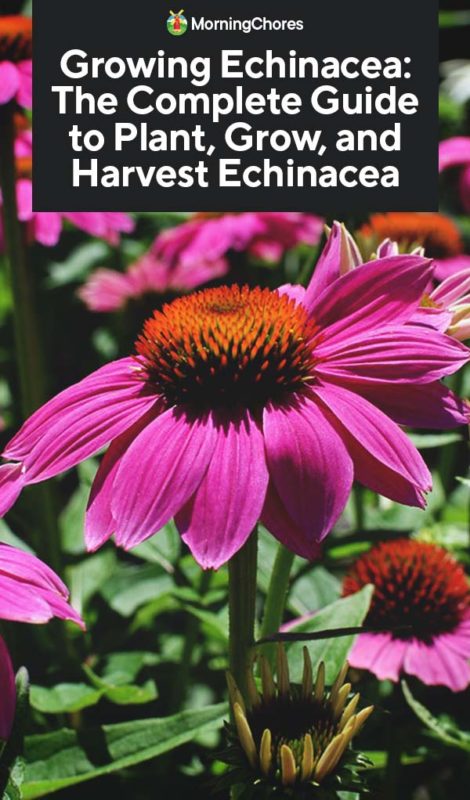
Coneflower plants, in general, produce attractive and long-lasting blooms that survive two weeks after cutting. These perennials are also valued for their medicinal properties and widely used as herbal remedies. Because of such characteristics, these plants are often associated with strength and healing.
Any questions or if buying, contact me HERE


